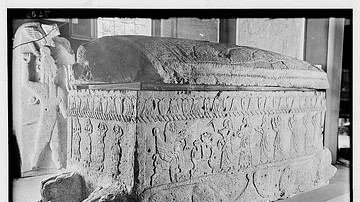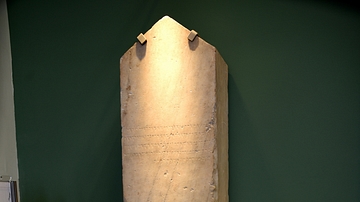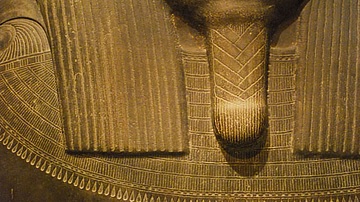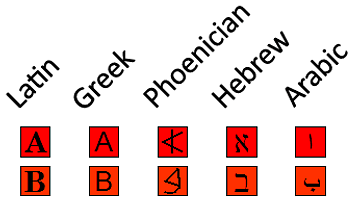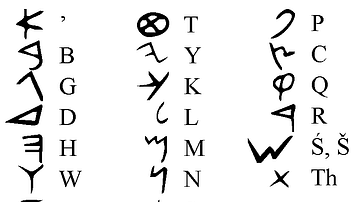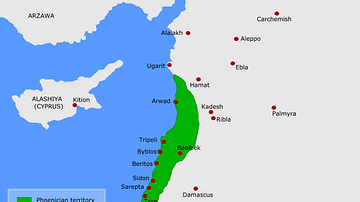Illustration
The finely carved inscription on this obelisk dates to the 4th century BCE. The obelisk was set up in a cemetery at the Phoenician colony of Kition in Cyprus by a certain Arish in memory of his parent; his father Parz, who is said to have been "chief of the commercial agents", and his mother Shamzabaal. During the 1st millennium BCE, the Phoenicians, descendants of the Levantine Canaanites, refined and perfected the alphabet invented by their ancestors nearly a thousand years earlier, and transmitted it to Greece and Western Europe. Easy to use and accessible to all levels of society, it rapidly caught on, and, although the shapes of the letters have changed with time, it is essentially the same alphabet we use today. From Kition, Cyprus. 4th century BCE. (The British Museum, London)
Cite This Work
APA Style
Amin, O. S. M. (2016, June 14). Phoenician Oblelisk from Cyprus. World History Encyclopedia. Retrieved from https://www.worldhistory.org/image/5215/phoenician-oblelisk-from-cyprus/
Chicago Style
Amin, Osama Shukir Muhammed. "Phoenician Oblelisk from Cyprus." World History Encyclopedia. Last modified June 14, 2016. https://www.worldhistory.org/image/5215/phoenician-oblelisk-from-cyprus/.
MLA Style
Amin, Osama Shukir Muhammed. "Phoenician Oblelisk from Cyprus." World History Encyclopedia. World History Encyclopedia, 14 Jun 2016. Web. 18 Apr 2024.


